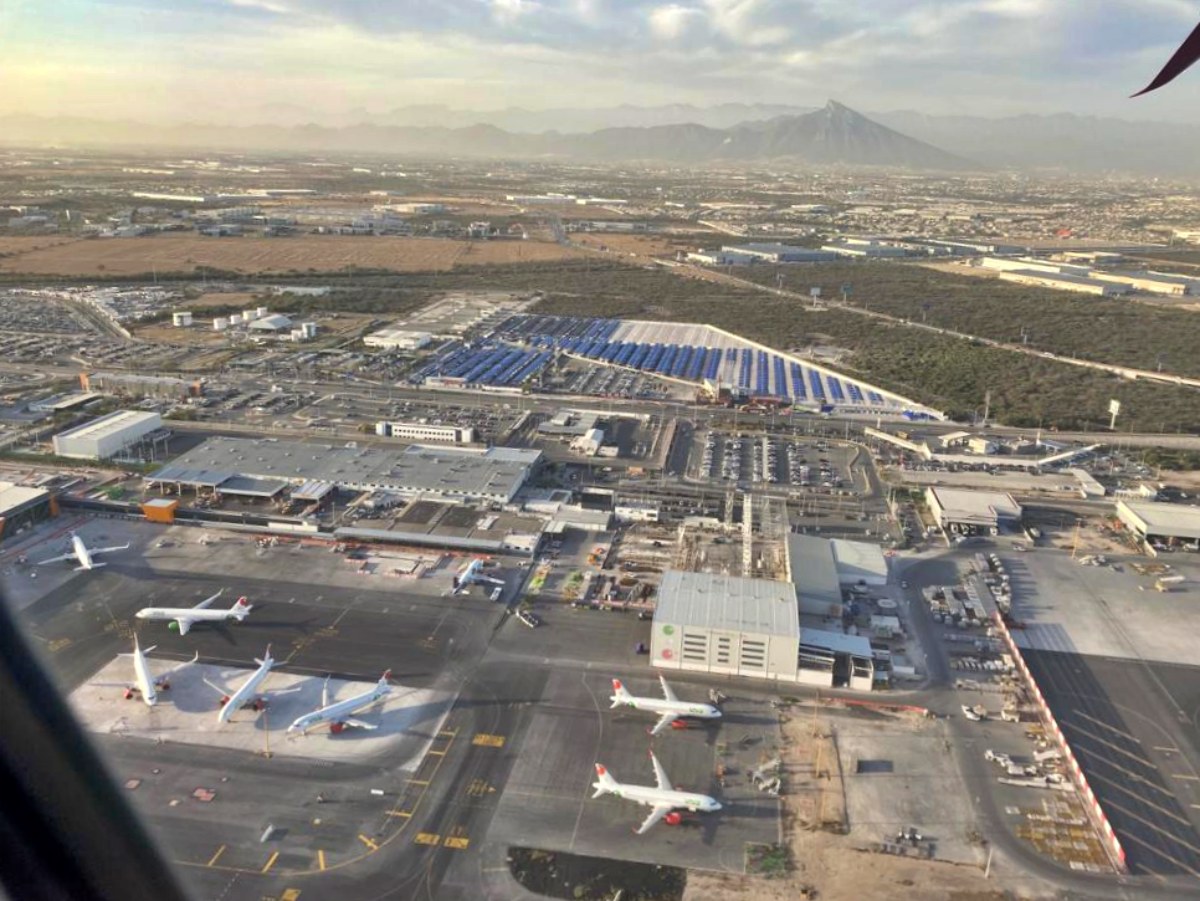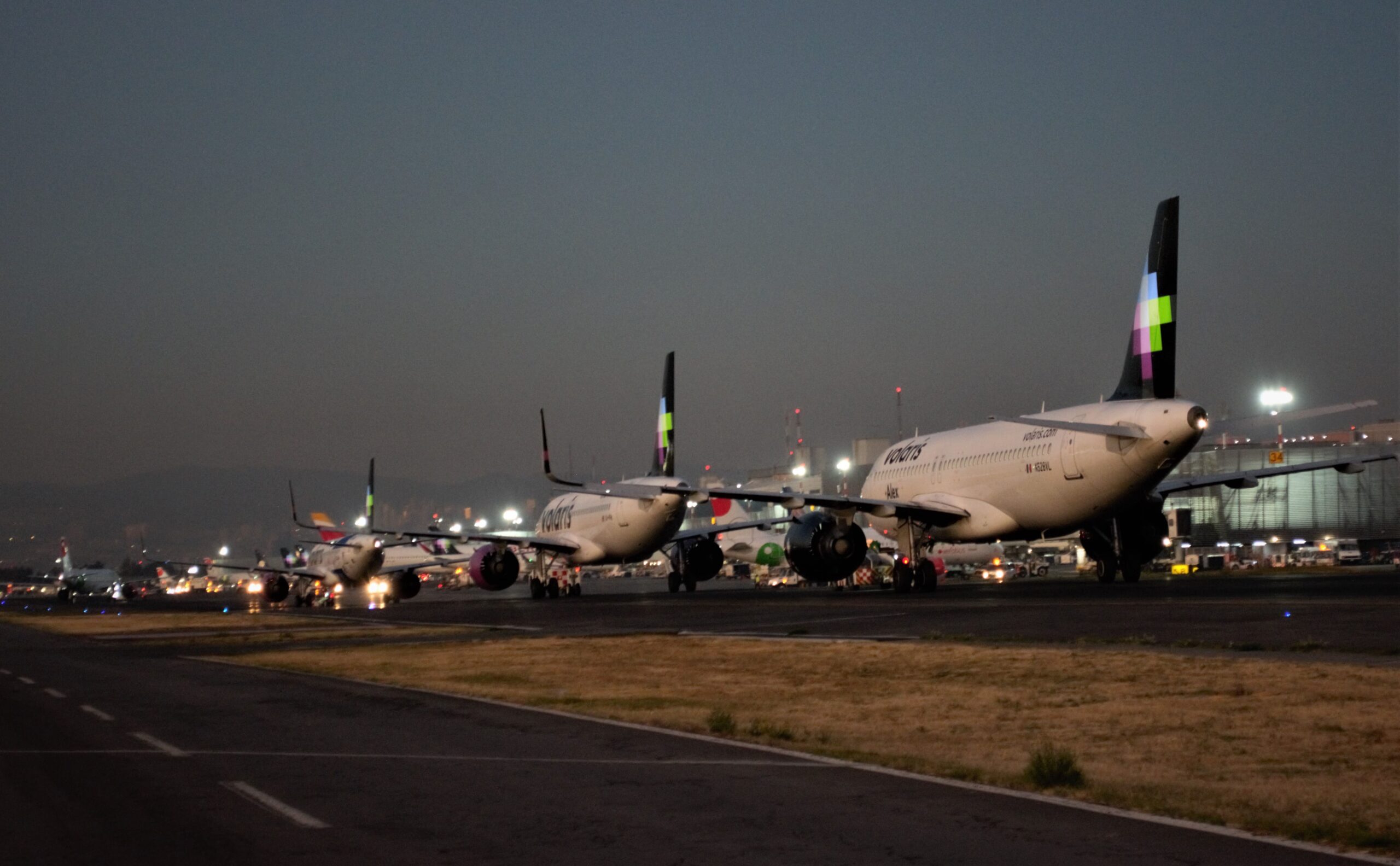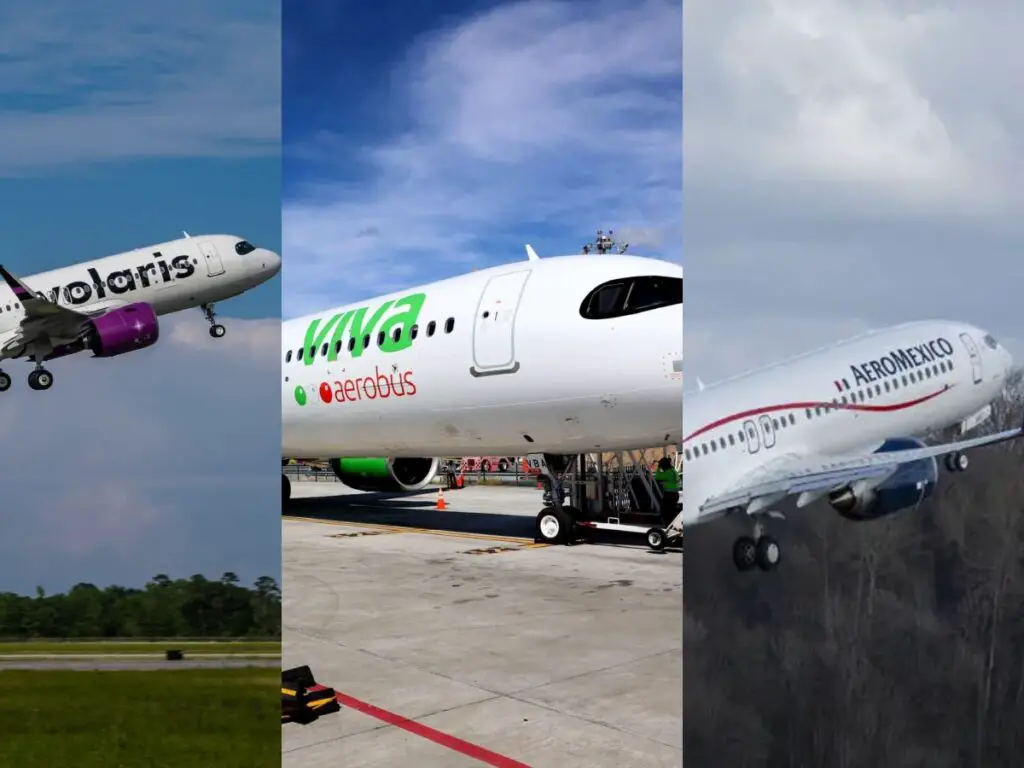The aviation industry in Mexico is back in the news, as the Federal Aviation Administration (FAA) of the United States has announced the reinstatement of Mexico to Category 1 of the International Aviation Safety Assessment (IASA, for its acronym in English). This reclassification confirms that Mexican aviation operations comply with the operational standards demanded by the US aviation authority, in accordance with those of the ICAO.
See Also: Mexico regains FAA Category 1
This development marks the end of a period of over two years in which Mexico remained downgraded to Category 2, which significantly limited the expansion opportunities of local airlines in the US market and resulted in substantial financial losses as they struggled to recover from the impact of the pandemic.
With Mexico’s return to Category 1, Mexican airlines are now ready to introduce new services and routes to the United States. In addition, US airlines are permitted to resume marketing and ticket sales under their names and designation codes on flights operated by Mexican companies.
See Also: IATA celebrates Mexico’s return to Category 1
Furthermore, this achievement opens the door to improved business agreements, such as Joint Ventures (JVs, for its acronym in English). In recent years, partnerships have been established between Delta Air Lines and Aeroméxico, as well as between Viva Aerobus and Allegiant Air, representing the first JV between two low-cost airlines in the Americas.
See Also: Low-costs united: Allegiant and Viva Aerobus unveil unprecedented alliance

It is no surprise that Aeroméxico, Viva Aerobus, Volaris, and even the newly created regional airline Aerus have enthusiastically welcomed the return to Category 1, especially at a time when the market between the United States and Mexico continues to experience steady growth. In 2023, it is projected that over 45 million passengers will travel between the two countries, with an average occupancy rate of 87%, according to AFAC.
«We celebrate the return to Category 1 thanks to the commitment of the authorities and the collaborative efforts within the industry, which have also contributed to strengthening aviation safety, the professionalization of the sector, and regulation,» said Juan Carlos Zuazua, CEO of Viva Aerobus.
Enrique Beltranena, CEO of Volaris, stated that «now, Volaris is in a position to resume its expansion plans, compete with more routes and frequencies, and further consolidate its role in generating direct and indirect employment opportunities for Mexicans.»
Aeroméxico also expressed its enthusiasm for the reinstatement to Category 1, saying that «the return to Category 1 gives us the opportunity to reinforce connectivity with one of Mexico’s most important markets, the United States, and make more efficient use of the aircraft that have been incorporated into our fleet.»
Even the regional airline based in Monterrey, Aerus, has shown interest in expanding to the United States, stating through a press release that they are «reactivating our strategic planning for possible international routes to the United States.»

Without the United States, Mexican airlines sought refuge in alternative markets to expand
Over the past two years, Aeroméxico, Viva Aerobus, and Volaris have turned to alternative markets for expansion. As their fleets grew, they directed their efforts towards Central and South America.
Volaris stands out as the only Mexican airline that expanded its presence in the United States, leveraging its subsidiaries in Central America (Costa Rica and El Salvador) to enter the US market from San Salvador (SAL), Guatemala (GUA), and San José (SJO).
Both low-cost airlines grew aggressively in South America, directly competing with other low-cost airlines in the region, including Wingo, SKY Airline, and the now-defunct VIVA.
Volaris started services to Lima (LIM), Peru, and Bogotá (BOG), Colombia, from Cancun (CUN) and Mexico City (MEX). Meanwhile, Viva Aerobus focused on Bogotá (BOG) with four Mexican destinations (Cancun, Mexico City, Guadalajara, and Monterrey) and Quito from Cancun.
Aeroméxico was the most affected by the downgrade to Category 2. With a partnership with Delta Air Lines, it chose to transfer some of its routes to the US airline to facilitate new frequencies to the United States.
At the time of writing this article, none of the Mexican airlines have announced specific destinations or routes. However, with the upcoming winter season and the expected increase in passenger traffic between Mexico and the United States, they are likely to make announcements in a short period.
It is worth noting that the infrastructure of Mexican airports may pose challenges as they prepare for the potential increase in traffic. The success of this upcoming expansion will largely depend on the availability














